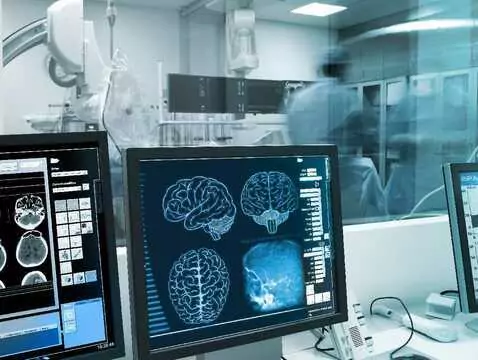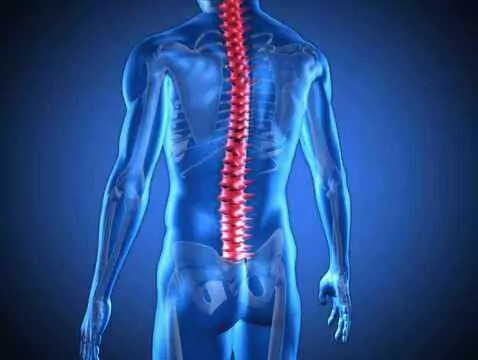Multiplesclerosis (sclerosis multiplex/S) is a process with a very complex mechanism. Three main theories are mentioned to explain the formation of S. It seems crucial to understand in detail the cause of S and the role of any factors that may contribute to it.
Theories of disease formation
There are currently three predominant theories explaining the formation of multiple sclerosis:
- viral, in which infection with some virus is the initiating factor of the disease,
- immunological, in which a strong activation of immune cells is involved
- viral-immunological, in which the viral factor plays a significant role, while the subsequent disease process is immunological in nature.
Many immune system (immune) cells are involved in the process of S formation and, importantly, the blood-brain barrier (BBB) is damaged.
A number of different factors have been shown to contribute to the development of this condition, but among the most important mentioned are:
- genetic predisposition,
- environmental factors,
- infections
- autoimmune phenomena
- smoking
- long-term stress
- and others
Environmental factors
Environmental factors play a large part in the pathogenesis of S. These factors include: climate, type of diet, presence of pathogens, toxins and others. Countries with the highest incidence of S include Western Europe, North America and Scandinavian countries. Countries with a low incidence risk include those on the Arabian peninsula, Asia and the continental part of South America.
Vitamin D deficiency has been shown to have a very important impact on the development of S. Serum vitamin D levels are found to be markedly low in patients with S. This is particularly evident in patients with a very high sensitivity to excessively high temperatures. Based on the observations made, determination of serum vitamin D levels in patients with S should be mandatory as should supplementation of vitamin D deficiency in this patient group. UVB rays are necessary for the production of vitamin D in the body and have been shown to have a very beneficial effect on the immune system.

photo ojoimages
Viruses
Another theory explaining the incidence of S is the so-called infection theory (viral/bacterial). These pathogens include Epstein-Barr virus (EBV), cytomegalovirus (CMV), measles, human herpes virus 6 (HHV-6), human immunodeficiency virus (HIV), mycoplasma, Campylobacter jejuni and herpes virus (types I, II and V).









